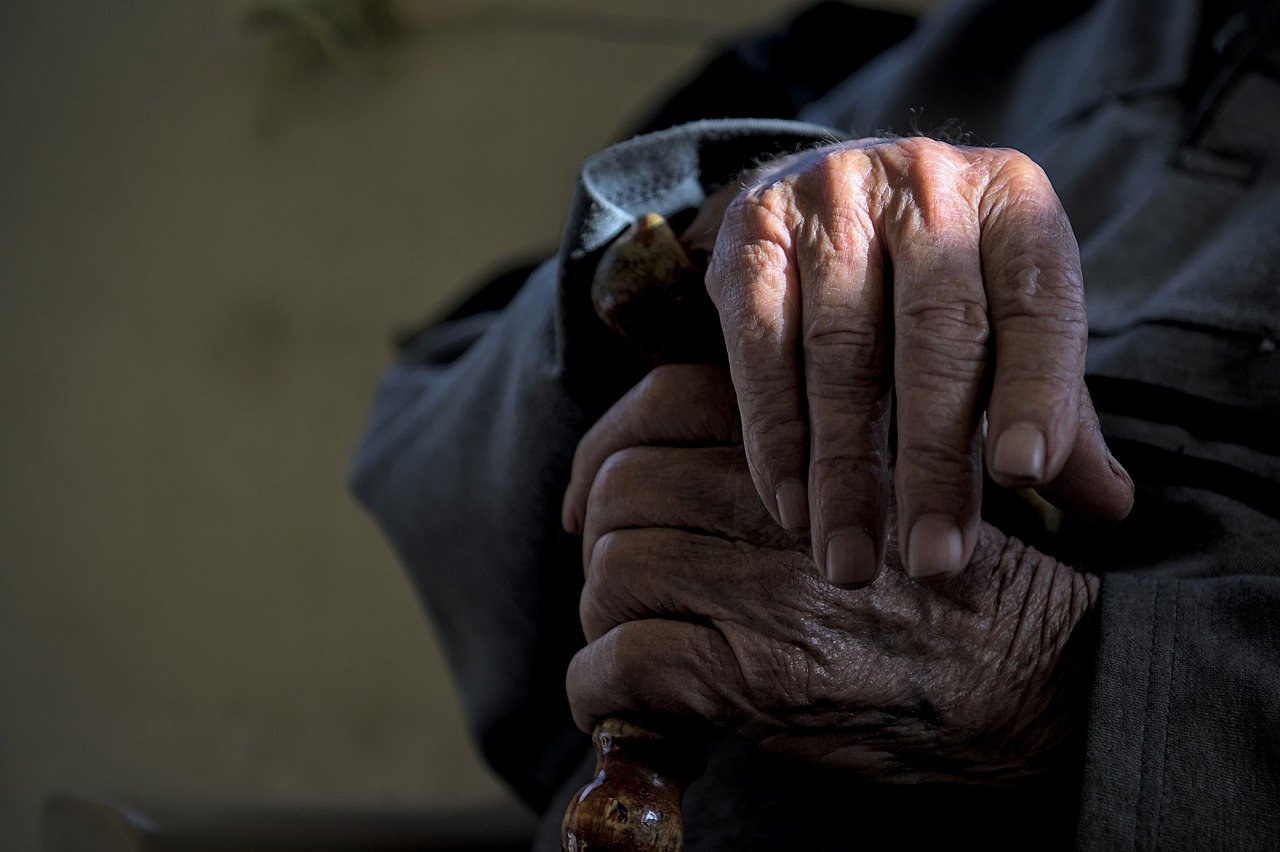News release
From:
Gene variant could be distinct genetic form of Alzheimer's disease *PRESS BRIEFING*
Almost all of the individuals in a multi-cohort study who carry two copies of APOE4, a variant of the APOE gene associated with Alzheimer's disease, went on to develop signs of the disease, reports a study published in Nature Medicine. Those people carrying two copies of APOE4, called APOE4 homozygotes, also exhibited earlier signs of clinical changes than those with other APOE variants. The findings suggest that APOE4 homozygosity could represent a distinct genetic form of Alzheimer´s disease.
Mutations in three genes, APP, PSEN1 and PSEN2, are known to cause early-onset autosomal dominant Alzheimer's disease (ADAD), whereas variants of a number of other genes have been associated with an increased risk of developing the more common sporadic (late-onset) form of the disease. APOE is one of the genes considered to be the strongest genetic risk factor for late-onset Alzheimer's disease. APOE4 homozygotes are known to have an increased lifetime risk of Alzheimer's disease dementia — a risk much higher than that of those with only one copy of the gene or non-carriers.
Juan Fortea, Víctor Montal, and colleagues assessed clinical, pathological and biomarker changes in APOE4 homozygotes to determine their risk of developing Alzheimer’s disease. They used pathological data from 3,297 brain donors, including samples from 273 APOE4 homozygotes from the National Alzheimer's Coordinating Center in the US and biomarkers and clinical data from over 10,000 people, including 519 APOE4 homozygotes from five large multicenter cohorts (from Europe and the US) of subjects with Alzheimer's disease biomarkers. They found that nearly all APOE4 homozygotes exhibited Alzheimer’s pathology and had higher levels of biomarkers associated with the disease at age 55 than those of people with the APOE3 gene. By the age of 65, almost all APOE4 homozygotes (at least 95%) showed abnormal amyloid levels in cerebrospinal fluid, a key early pathological feature in Alzheimer's disease, and 75% had positive amyloid scans. The authors note that the prevalence of these markers seemed to increase with age, indicative of nearly complete penetrance of Alzheimer's disease biology in APOE4 homozygotes. The authors also showed that APOE4 homozygotes displayed Alzheimer's disease clinical symptoms at around 65 years of age, which is 7–10 years earlier than symptom development for other APOE variants. Fortea and co-authors suggest that the predictability of symptom onset and biomarker changes was similar to ADAD. They also note that during the dementia phase, there seemed to be no difference in amyloid or tau accumulation compared with that of other forms of the disease, despite the earlier appearance of biomarkers and clinical symptoms among APOE4 homozygotes.
The authors suggest that the APOE4 gene variant is not only a risk factor for Alzheimer's disease, like the other APOE variants, but could also represent a distinct genetic form of Alzheimer's disease. They indicate this could call for the development of individualized prevention strategies, clinical trials and treatment approaches. They conclude that further research, including in wider populations, is needed.
Please note that an online press briefing for the paper below will take place UNDER STRICT EMBARGO on Thursday 2nd May at 4pm London time (BST) / 11am US Eastern Time.
Authors Juan Fortea, Victor Montal, Reisa Sperling, and Sterling Johnson will discuss the research. This will be followed by a Q&A session.
To attend this briefing you will need to pre-register by following the link here. Once you are registered, you will receive an email containing the details for the briefing. You will also be provided with the option to save the details of the briefing to your calendar.



 International
International



